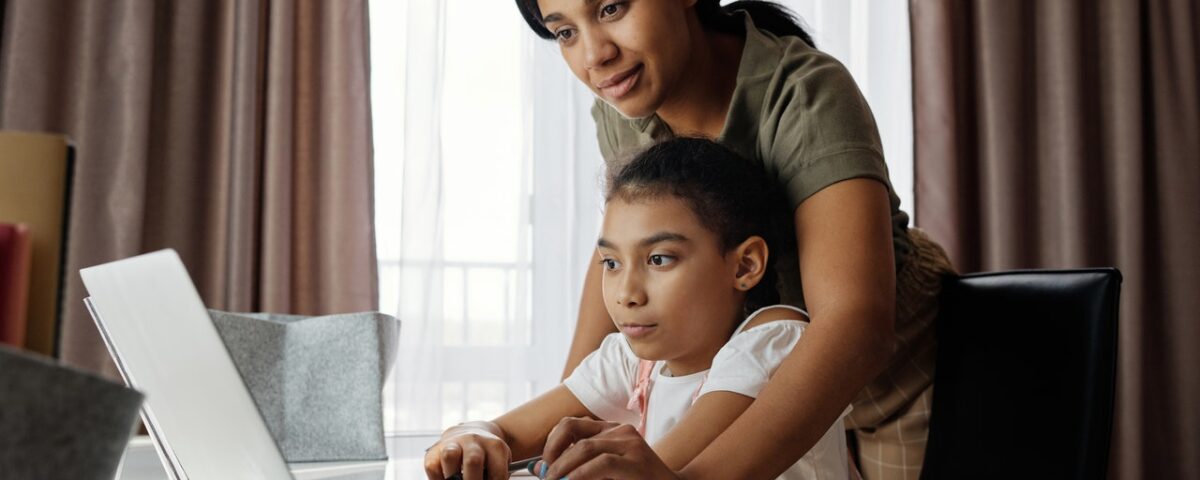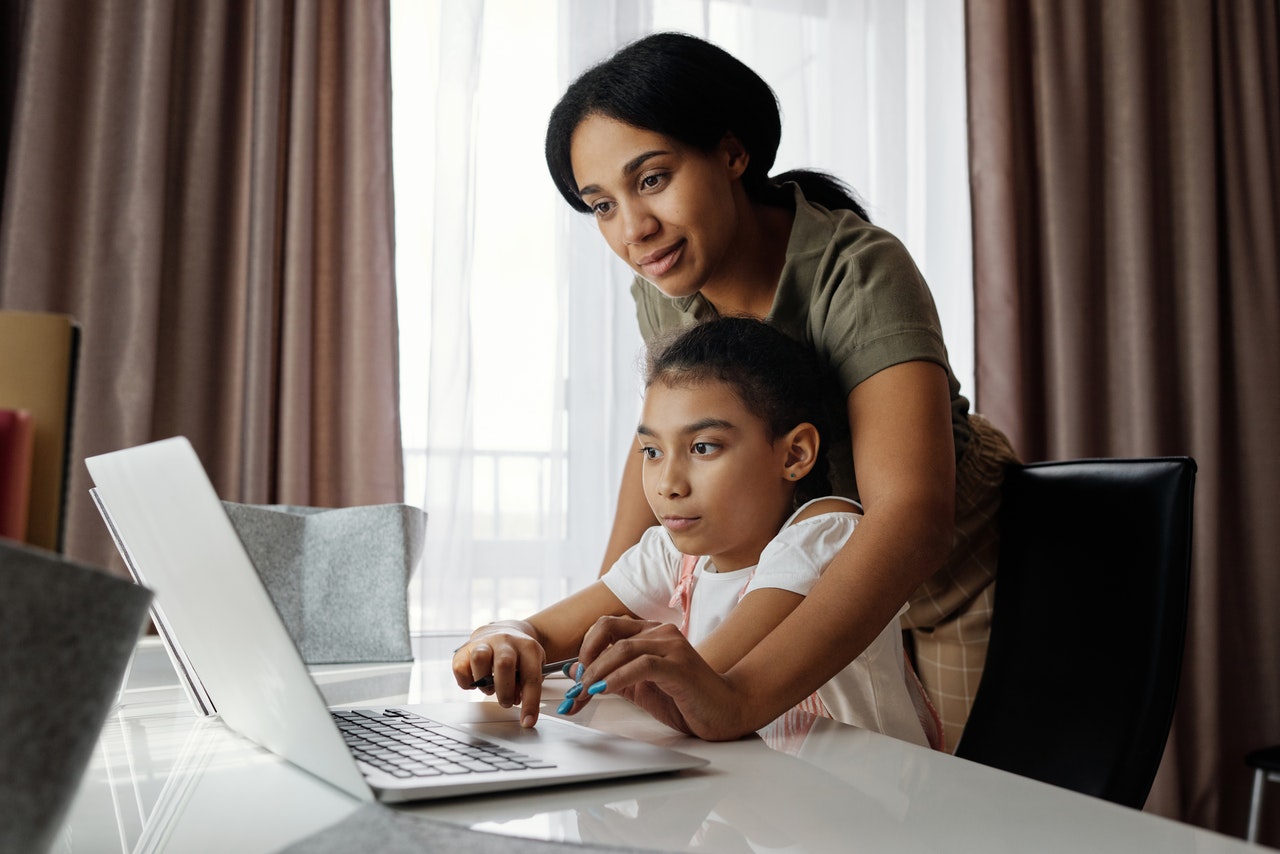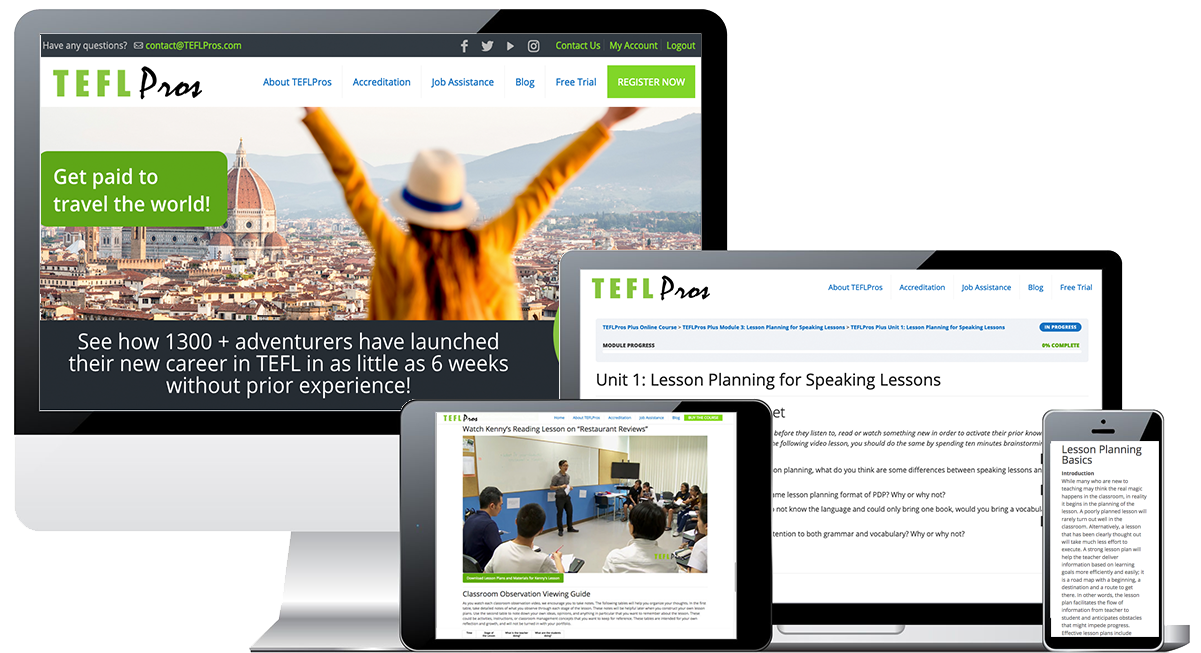
How to Avoid Zoom Fatigue
February 16, 2021
4 FREE Resources for Teaching Kids Online
March 2, 2021
8 Useful Items for Teaching Little Language Learners Online

Have you noticed, there are A LOT of online teaching jobs that cater to children? But what if you’ve never taught children, let alone taught them online? Well, whether you decide to work for an online company or to become a solopreneur, it’s helpful to know 8 useful items for teaching little language learners online. Read on to learn how these items, compiled by one of our experienced teachers here at TEFLPros, can take your online teaching to the next level!
First off, know this. You don’t have to spend an arm and a leg to get up and running teaching little kids! Places like Amazon, Walmart, dollar stores, and craft stores can be your new best friends. Personally, I find a lot of great deals during Back-To-School sales. Plus you can shop your own home. If you’re like me, there’s probably an old craft supplies cabinet or box of school supplies lying around that can now be repurposed for your newfound career as an online English teacher 🙂 Keep reading to learn the 8 useful items for teaching little language learners that we don’t want to be without!
#1 Dry Erase Board
Probably the most important tool to have in your online teacher’s bag of tricks is a little dry erase board. These are invaluable for making a quick sketch and labeling it. For example, you can draw a cat and write CAT. They’re also great for writing out a sentence. Sometimes seeing the sentence you are saying can help your student understand it, like, while you’re saying “This is a cat,” you can be writing the sentence.
If you can, I recommend getting two dry erase boards, the more traditional rectangular one (Sometimes these are magnetized so you can stick cute magnets to them.) and a lighter one with a little handle. Amazon sells the Quick Response White Board with Blue Handle for $4.99. They look kind of like a ping pong paddle. These are especially easy to maneuver in front of your “classroom” and you can flip to the reverse side to write even more if you need it.
Don’t forget to pick up a set of dry erase markers too. I recommend getting two multi-colored packs, one set of thick markers and one set of the thin ones. There’s not a lot of space on those little boards! Also, you’ll need something to erase with. I opt for a fuzzy red and white striped sock. It looks kind of like a candy cane. It’s whimsical and the kids like it.
#2 Index Cards
Index cards are great for making flashcards. Also, one way to show that you’ve read over an upcoming lesson and prepared ahead of time, is to write down the target vocabulary words (one per card) and the key sentence structures (This is a (pen). Is this a (pen)?).
If a child gets stuck while trying to say a sentence, you can grab your card, point to each word and say the sentence along with him or her.
I like to keep all of my index cards for a particular lesson hooked together so that I can easily flip to a particular card when I need it. To keep the cards in order, I simply punch a hole in the upper left corner of each card (You’ll need a hand held hole punch!). Then, stack them into a neat pile and run a large paperclip through them. You could buy some rings to hold them together if you prefer.
For quick reference for future lessons, I like to label the top card with the name of the lesson (My New School). You can organize your cards in an index card box.
I have a set of multi-colored index cards too. I use these for words that I like to use repeatedly in a lesson. These are especially useful for the little ones that don’t know basic instructional “commands”. For example, on each card I’ve drawn picture with a big word below it. My four go-to cards are, listen (with an ear), speak (with two heads talking to each other), read (with a book), and write (with a pencil).
Note: Buying lots of packages of index cards can get pricey! Another option is to simply take some blank paper, fold it into six or eight equal pieces, and cut them apart. Voila! Instant index cards!
#3 Markers
Don’t forget the markers! I like to have a set of thick, bright markers on hand for writing key vocabulary words and a set of thin markers for writing out sentences. If you really want to geek out like me, you can write key vocabulary words all in one color and frequently used words, also called (high frequency words or HFW) in another color. This just acts as a visual for me, to make sure I’ve covered both kinds of words during the lesson.
#4 Props
When you’re teaching little kids, they’ll understand you much easier if you use props. The props I use most often are a little boy and little girl doll. I found the Barbie Club Chelsea Boy and Girl Dolls at Walmart for $6.88 each. These are great for when you want to teach pronouns like she, her, he, him, they and them.
I use a few inexpensive toys too. For example, if there’s a lesson about kicking a soccer ball, it’s fun to have my hand sized soccer ball handy. I found a set of 3 balls (basketball, soccer and football) at Walmart for $4.97.
Another great prop to use are hand puppets, especially ones with a mouth! Amazon has a very cute dinosaur (T-Rex!) puppet for $17.99. They also have a set of two adorable plush puppy dog puppets for $17.90.
I like to use a puppet when a child doesn’t understand that I want him or her to respond to a question, and not simply repeat a sentence back to me. I can use the puppet to model what I’m looking for. For example, I can ask a question to the puppet, and then have the puppet “answer me”. The child usually gets the message after that.
Besides, puppets make a lesson a lot of fun! You can be silly with a puppet and have your student interact with it. This helps him or her relax and speak more, which is a big goal of these lessons!
If you aren’t looking to break the bank, you can make a lot of props yourself. For example, I’ve used brightly colored construction paper, an oversized popsicle (craft) stick, a piece of rope and tape to create a kite for a lesson on the verb “to fly”.
#5 Magazines
As they say, a picture is worth a thousand words! You can cut out big and small pictures of just about anything kids might talk about in a lesson- cars, dogs, food items, furniture, clothes, a beach or a park. You get the idea. Also, for easier handling, you can put your favorite photos on a craft stick.
Sometimes, I hold up one of my cut outs to connect with a child at the beginning of a lesson. For example, I’ll hold up a picture of an especially cute dog and say, “I like dogs. Do you like dogs?”
#6 Tokens
Kids love to be rewarded for their efforts at learning English. So, after every few lesson slides or so, it’s a good idea to give them (virtually of course) a little token for their hard work. If you teach the same student multiple times, it’s fun to mix it up a bit with the tokens. For example, I like to use cardboard cutouts of stars, plastic sea creatures, or even pizza slices (They’re 3D erasers!). Once you get to know a student, you’ll be able to judge what kinds of rewards they’d most appreciate. Besides, it’s fun to see their faces light up when they get a little prize!
#7 Packs of Cards and a Calendar
This is really two items! It’s helpful to have a pack of Alphabet Cards and a pack of Color & Shape Cards handy for true beginners. Even if the letter, shape or color is on the lesson screen, it’s helpful for the child to see the image again in a different context. Similarly, having a little calendar with the months and days easily displayed is great for teaching, well, the months and days. But also, the first day of the week, the third Saturday of the month, etc.
#8 Giant Legos
I hesitated to include this one on the list because you have to buy the whole bag of legos and it’s not that cheap ($15-19). I’m not talking about just any kind of legos. I’m talking about those jumbo sized ones for preschoolers. I found the Mega Bloks First Builders at Walmart.
Why gigantic legos? Well, they’re great for teaching blending. You know, when you put the first sound of a word together with the last part of the word to create a new word. For example,
b + ag = bag and r + ag = rag.
Here’s how it works. You can write the initial letter (sound) on one block (with a dry erase marker so that you can reuse it) and the rest of the word on another block or two. Then, you hold up each block separately. First say the initial sound and then say the rest of the word. Your student can repeat after you. Finally, you put all the blocks together and say the word as a whole. Your student repeats after you again. This activity teaches kids how English words are put together.
Well, I hope you’ve found these 8 useful items for teaching little language learners online helpful and that you’ll give some of them a try!
Until then, we here at TEFLPros wish you happy teaching with the little ones!

